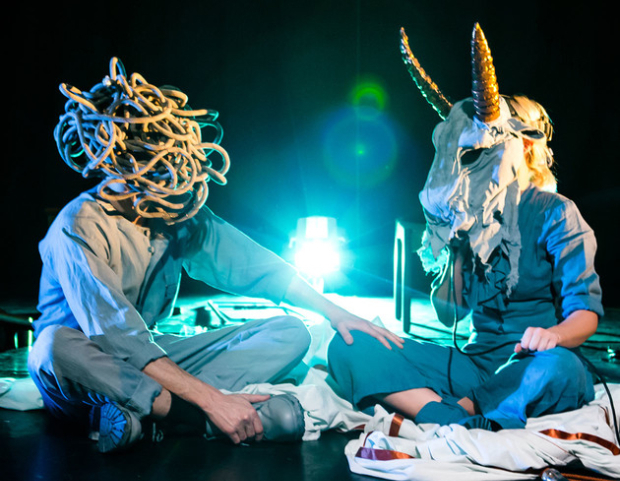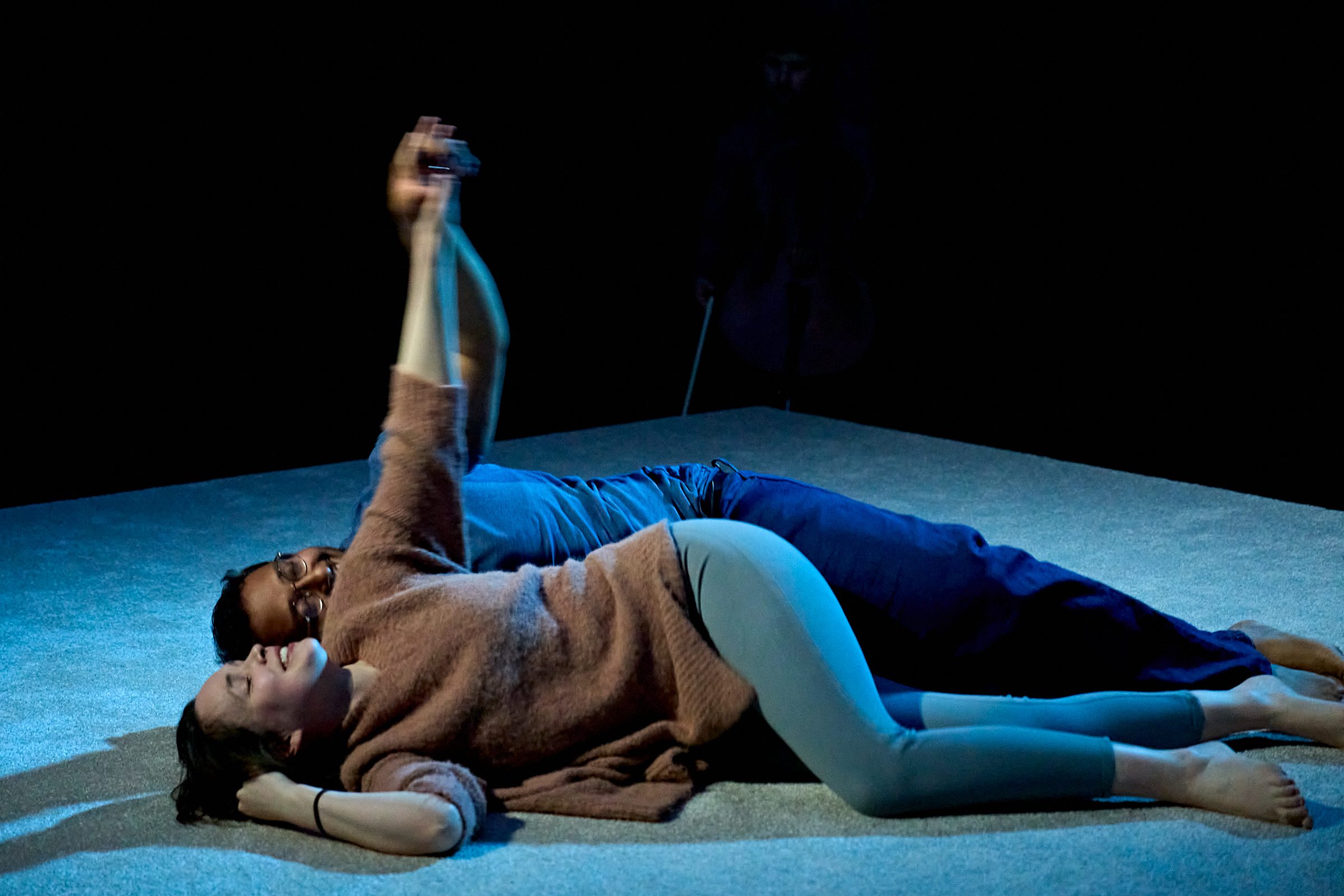Matt Trueman: what happens when the alternative becomes mainstream?

(© Richard Davenport)
In the autumn, Bryony Kimmings will open a show at the National Theatre: a collaborative musical called A Pacifist’s Guide to the War on Cancer. Its announcement in January drew a lot of cheers.
Kimmings and her collaborators, Brian Lobel and Tom Parkinson, are not artists one might expect to find at the National Theatre. They are the children of Forest Fringe: low-fi, DIY, avant-garde performance artists – and not ashamed of that term either. Lobel has invited audiences into bed with him. Kimmings once persuaded people to trim their pubes in public. Parkinson has scrambled eggs on speakers.
And now here they are at the National Theatre – and it’s not even like they’re complete outliers. Last year, the NT hosted the SPILL Festival of live art, with Heather Cassils set alight on the Dorfman stage. Katie Mitchell is back in the building, with a pretty testing production of Cleansed, and the writer-director Alexander Zeldin is creating a new devised piece, Love, from scratch for later in the year.
At the same time, the restructured New Work department – a merger of the Literary Department and the National Theatre Studio – hopes to open the organisation up to any kind of artist, any sort of process and every kind of theatre. In theory, the National should be able to reflect the full breadth of British theatre.
If experimentation has become the norm, where does that leave the alternative?
It’s hard to think of any artist in British theatre who couldn’t sit within the current NT programme – given the right commission. If Kimmings and Lobel can work there, why not Kim Noble or Scottee, Richard Dedominici or La Gateux Chocolat? If SPILL, why not Forced Entertainment or Gob Squad or Quarantine? This is all the more true since the Shed/Temporary came into play: a 250-seat studio that made space for emerging and small-scale work.
A question though – and a pressing one at that: Where does all this leave the alternative? The National Theatre is, by its very nature, a symbol of the centre ground. Anything on its stages is, almost by definition, the sort of art this country sanctions. It’s not the West End, of course, but it’s pretty squarely in the mainstream. At most, it’s just on the edge of it, nudging cultural norms forwards.
However, the National isn’t the only organisation opening itself up. The Royal Court and the Bush have both expanded the perimeters of new writing in recent years. Soho Theatre has become a cultural collider, slamming theatre into comedy, cabaret and performance art. The Lyric Hammersmith turned experimental rep during Secret Theatre. The Young Vic and the Almeida have encouraged directors to twist texts inside out. Experimentation has become hard-wired into our theatre culture.
Don’t get me wrong – this is brilliant news. It’s the mark of an adventurous, vibrant and varied theatre cultural; one with a strong sense of theatricality at its core and one that’s producing top-quality work on a regular basis. About time too. But what else is out there? If experimentation has become the norm, where does that leave the alternative? At what point does this start to look like consensus – and what’s challenging it from the outside?
Regional theatre is slightly different, I think, as local arts ecologies are still singular and hierarchical – built around a central playhouse and an independent scene – but looking around London, it’s hard to see where you’ll find genuinely alternative work. (Admittedly, the sort of stuff I tend to review for WhatsOnStage is inevitably in touch with mainstream culture.)
Not the Battersea Arts Centre or Shoreditch Town Hall, really – both stops on a wider national circuit – nor in the old Fringe listings, which lost touch with radicalism a long time ago, either tidying themselves up or producing work that’s passé or below par. The ICA has turned away from performance. Shunt Vaults left a big hole in the culture.
The Yard has some of the old Shunt spirit, of uncertainty and unruliness, and Camden People’s Theatre, though part of the National Portfolio, sets out to "refresh the performance sector" by supporting emerging artists and new practices. Even so, there’s still a direct line between those theatres and the mainstream. Both Beyond Caring and Chewing Gum Dreams transferred from the Yard to the Shed.
Of course, the avant garde, the alternative and the countercultural has always filtered into the mainstream over time. But what happens when that becomes mainstream itself? It might be a healthy thing – a culture that constantly refreshes itself. Or it might be the opposite – one that subsumes everything and suffocates anything fundamentally other.
It’s a complex issue – one driven by the way art is funded, presented and talked about, and by questions of inclusivity and exclusivity – but it is an issue that needs exploring. What else is out there?










